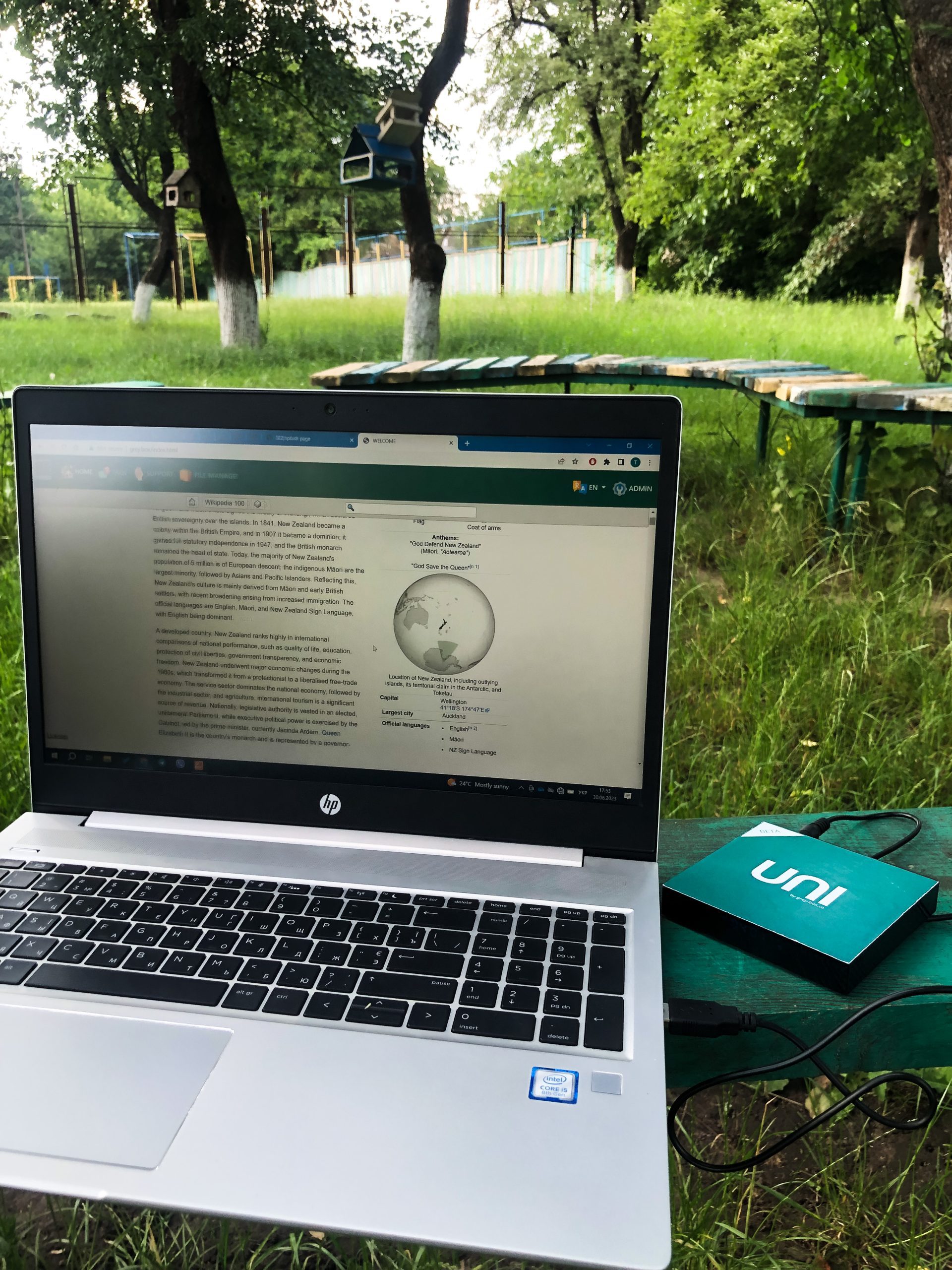In the current digital landscape, older individuals are increasingly vulnerable to online scams, primarily due to their lack of digital skills and knowledge. According to Stats Canada, about 30 percent of seniors do not use the internet (Stats Canada). For those who do, many lack the necessary digital literacy skills to navigate the web confidently. Unfortunately, as reported by the Department of Justice, approximately 10 percent of Canadian seniors who use the internet fall victim to crimes annually, with fraud being the most prevalent offense against this demographic (Department of Justice). The most common types of fraud include identity theft, credit and debit card fraud, online scams, as well as phone and door-to-door scams.

The National Survey on the Mistreatment of Older Canadians conducted a study on financial abuse that was committed by both individuals and service providers. It found that in 2015, financial abuse among seniors could be as high as 2.6%, which represents 244,176 older Canadians (Government of Canada). In 2018, seniors aged 60 and above reported the top 5 forms of fraud: extortion, service-tech support scams, phishing, personal information, and fake prizes. The number one scam was the romance scam, which accounted for approximately 25% of all losses among seniors, totalling over $9 million (Government of Canada).
According to the Canadian Anti-Fraud Centre’s 2018 report, seniors (aged 60+) fell victim to Mass Marketing Fraud and identity theft a total of 6,142 times, which accounted for 29% of all reported cases of fraud (Canadian Anti-Fraud Centre). The loss from MMF alone amounted to over $26 million, while the combined loss from both MMF and identity theft was over $31 million. These numbers were higher than those reported in 2014, which saw 4,195 seniors being victimized by MMF with a total loss of just over $17 million (Canadian Anti-Fraud Centre).
Experts say the lack of accessible, reliable and affordable internet in rural areas perpetuates the established digital divide and is leaving many Canadians behind. Currently, while 91.4 percent of all Canadians have access to reliable speed, only 62 percent of rural communities do (CRTC). According to Innovation, Science and Economic Development Canada (ISED), in 2018 almost half of Canadian households with an annual income of $30,000 or less did not have access to high-speed internet at home (Innovation, Science and Economic Development Canada). Research has found some low-income people that do have an internet connection end up sacrificing things like food and medication in order to afford it.

According to Statistics Canada, focusing on Personal Internet use by province and age group, those aged 65+ in Quebec have 64.4% internet use. As of 2021, 82 percent of adults in Quebec accessed the internet several times per day, and a further nine percent used the internet about once per day, bringing the share of daily online users in Quebec to about 90 percent of the population. As for adults aged 75+ in Quebec, 64% use the internet once per day as of 2021. However, 24% of adults 75+ in Quebec don’t know how to use the internet, 11% use it once per day, and 1% only use it a few times a week or less.
According to Statistics Canada, Personal Internet use by province and age group shows that in Quebec, individuals aged 65 and over have a 64.4% internet usage rate (Stats Canada). As of 2021, 82% of adults in Quebec accessed the internet several times a day, with an additional 9% using the internet about once per day (Statista). This brings the share of daily online users in Quebec to about 90% of the population. Regarding adults aged 75 and over in Quebec, 64% use the internet once per day as of 2021, while 24% do not know how to use the internet, 11% use it once per day, and 1% only use it a few times a week or less (Statista). These statistics matter because they shed light on the digital divide that exists between different age groups and regions in Canada. Specifically, the statistics highlight the relatively low internet usage rates among seniors, especially those aged 75 and over, and the challenges they face in accessing digital resources. This is particularly concerning given the risk of online scams and fraud that seniors face due to their lack of digital skills and knowledge. The use of offline resources, such as the UNI device, can help address this issue and provide a secure way for seniors to learn and engage with digital content.
Even in nursing homes, there is a lack of internet access for seniors. This not only deprives them of the opportunity to connect with loved ones but also limits their access to the wealth of knowledge and information available on the internet. A study revealed that only 14% of nursing homes in a national chain provided computers for residents to use, and 11% had internet access (Tak, Beck, and McMahon). This lack of access to technology perpetuates the digital divide that exists between different age groups and regions in Canada, leaving many seniors vulnerable to online scams and fraud.
Through our meeting with various community leaders, we were quite surprise to realize that this issues was such an important one in North America. While UNI was mostly deployed in countries from the global south, our team was compelled to see if a device like UNI that we deployed in small villages in Africa, could be used in nursing homes, in rural Canada. UNI can help enhance the digital literacy for populations in low connectivity areas, as well as for those that want to have a secure way to learn how to use the internet. Populations in low connectivity areas often face limited or unreliable internet access. UNI addresses this challenge by serving as a local hotspot, allowing users to access offline resources without relying on a stable internet connection. By bridging the connectivity gap, UNI provides individuals in these areas with a practical solution to engage with digital content and develop digital literacy skills. UNI’s primary feature of making offline resources available ensures that learners have a wide range of educational materials at their fingertips, even without an active internet connection. This is especially beneficial for individuals who are new to the internet and want to gain familiarity with online tools and resources gradually.
UNI can be a valuable tool for seniors aged 65 and over who are looking to develop their digital literacy skills in a safe and secure environment. By providing offline resources, UNI allows seniors to gain familiarity with online tools and resources gradually, without the risk of falling victim to online scams and fraud. Additionally, UNI’s controlled learning environment allows seniors to explore online resources within a confined space, minimizing exposure to potential online risks. Non-profit organizations working with this population can use UNI as a tool to support their mission. For example, they can use UNI to provide digital literacy training to seniors in low connectivity areas, where internet access is limited or expensive. By providing access to offline resources, UNI can reduce the financial barrier to digital literacy and make it more accessible and affordable for seniors in these areas. Additionally, non-profits can use UNI to promote community sharing and collaboration, where seniors can exchange knowledge and resources and collectively build digital literacy skills.

Since UNI is portable, it can be shared among individuals or within communal spaces. This sharing model encourages collaborative learning, where individuals can exchange knowledge, share resources, and collectively build digital literacy skills. UNI fosters a sense of community empowerment and engagement with technology. UNI offers a cost-effective approach to digital literacy. In areas where internet connectivity is scarce or expensive, relying solely on online resources can be financially burdensome. UNI eliminates the need for continuous internet access by providing offline resources. This not only reduces the financial barrier but also makes digital literacy more accessible and affordable for populations in low connectivity areas.
UNI provides a controlled learning environment by allowing users to access the internet through a local offline hotspot. This means that learners can explore and experiment with online resources within a confined and secure space, minimizing exposure to potential online risks such as malware, phishing attacks, or inappropriate content. By using UNI as a local offline hotspot, learners can also minimize the exposure of their personal information and browsing history to external entities. This enhanced privacy and data security create a safe learning environment where individuals can freely explore the internet without concerns about their personal information being compromised. Moreover, UNI can be preloaded with curated offline resources and applications specifically designed for learning purposes. These resources can be carefully selected to provide structured and guided learning experiences, catering to various educational needs and levels. Users can explore these resources at their own pace, building confidence and proficiency in using internet-based tools and platforms.
Overall, UNI can be a valuable tool for seniors looking to develop their digital literacy skills and stay safe online. Non-profit organizations can use UNI to support their mission of helping seniors in low connectivity areas gain access to digital resources and develop digital literacy skills.


0 Comments